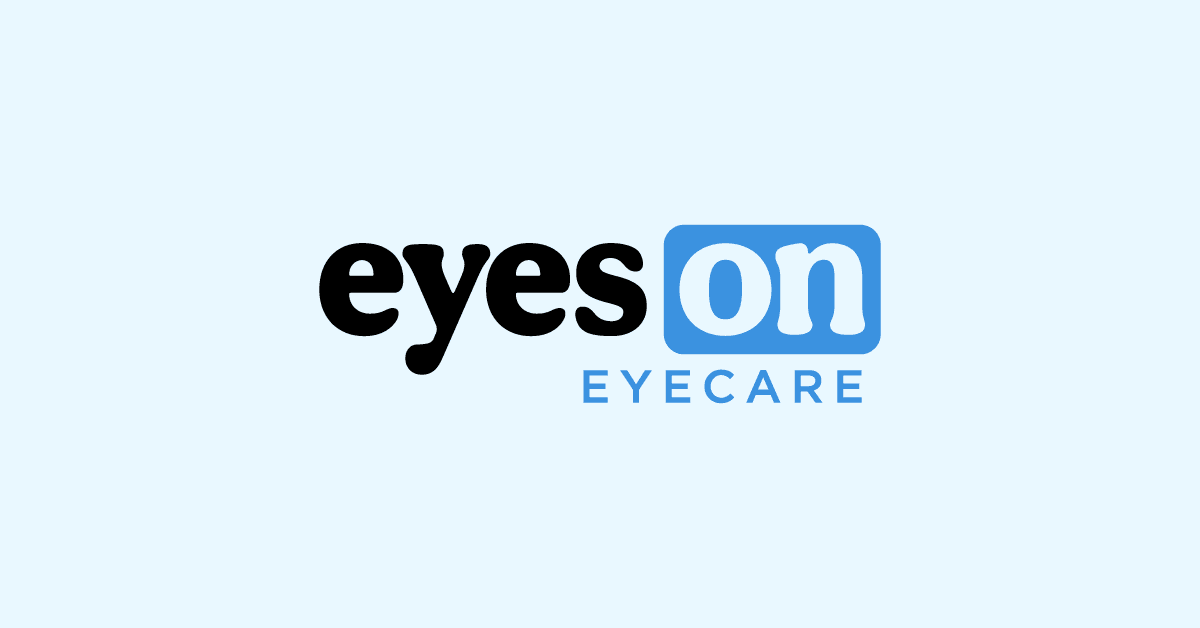The diagnostic battery for Convergence Insufficiency (CI) is remarkably simple, making it an easy addition to even the tightest exam sequence. Before diving into diagnosis, it’s important first to review definitions.
What is Convergence Insufficiency?
Dr. Jeff Cooper, who has contributed heavily to the current literature on evidence-based treatment of CI, published a major review of the subject in 2012.1 In that review, he acknowledged that investigators and clinicians have used several definitions for CI over the years, but that two types of CI have emerged: Classic CI and Common CI.
It is Classic CI that has been described in both the AOA’s Clinical Practice Guideline and the Convergence Insufficiency Treatment Trial (CITT). The definition is as follows:
““Classic” convergence insufficiency (CI) consists of a receded near point of convergence (NPC), exophoria at near, reduced positive fusional convergence (PFC), and deficiencies in negative relative accommodation (NRA).2”
If you don’t think you’ll have time to add all of that to your exam sequence, don’t worry. The Clinical Practice Guideline goes on to state: However, not all patients with CI have all of these clinical findings. CI can be described described as a deficiency of PFC relative to the demand and/or a deficiency of total convergence, as measured by the NPC; it has been called “common CI.”2
That may seem a bit wordy, but it boils down to this: assessing NPC is enough to detect common CI in many patients.
Dr. Cooper provides the rationale for this conclusion: “In a clinical study, it was found [that] 55% of patients had no signs of CI; 33% had 1 sign; 12% had 2 signs; and 6% had all 3 signs. The most common finding in those patients with a CI, who did not demonstrate all 3 signs of CI, was a receded NPC.”1
Based on this information, a primary care optometrist who carefully assesses NPC will catch the majority of cases of CI whereas one who only performs a cover test will not. In our practice, most patients with CI do not demonstrate an exophoria at near.
How do I assess NPC?
Now that we’ve established that an NPC assessment alone is sufficient to detect most cases of CI, let’s discuss how to effectively assess the patient’s NPC.
The first question that is often asked is, “What target should I use?” Your options are an accommodative target (e.g. near fixation target with ‘A’ or ‘E’) or a non-accommodative target such as a transilluminator. According to Dr. Cooper’s literature review, “measurements with either a transilluminator or an accommodative target yielded similar findings for both normal and CI subjects.”1
When assessing NPC, it’s important to do several repetitions to assess stamina and the effect of fatigue. A minimum of five, and up to ten,1 repetitions is adequate. Move the target at a moderate speed towards the bridge of the patient’s nose so that they can easily see the target all the way in.
The next question is whether to perform the NPC under associated (as described above) or dissociated conditions.
A dissociated NPC is most easily performed with a red lens in front of the patient’s right eye and a transilluminator as a target. A dissociated NPC is the most sensitive and specific test for detecting CI.1
If time is truly a concern, a clinician can feel confident in using the dissociated NPC to screen for CI due to its superior sensitivity and specificity.
What are the diagnostic criteria for NPC?
A normal break and recovery for associated NPC in a school-aged child is 2.4”/4”.3 When the break, recovery or both are beyond that range, the patient has a receded NPC. The dissociated NPC is reduced if the break is more than 2” and recovery is more than 3” compared to the associated NPC.4 For example, if the patient has an associated NPC of 2”/4” (normal), but a dissociated NPC of 5”/8” the patient has CI.
If you are only performing the dissociated NPC, use 2”/3” as the cutoff for normal and perform an associated NPC to confirm.
To summarize, when screening for CI in the primary care setting you are looking for common CI. Common CI can be diagnosed solely with a receded NPC and is often found in patients with no exophoria at near. You can use an accommodative or non-accommodative target to assess associated NPC and can perform both associated and dissociated for a clearer clinical picture. At the very least, you should perform a dissociated NPC on all pediatric patients to rule out CI.
In the next article, I will discuss how to initiate treatment once you’ve diagnosed a patient with CI. Like the diagnostic battery, the initial treatment is simpler than you may think!
